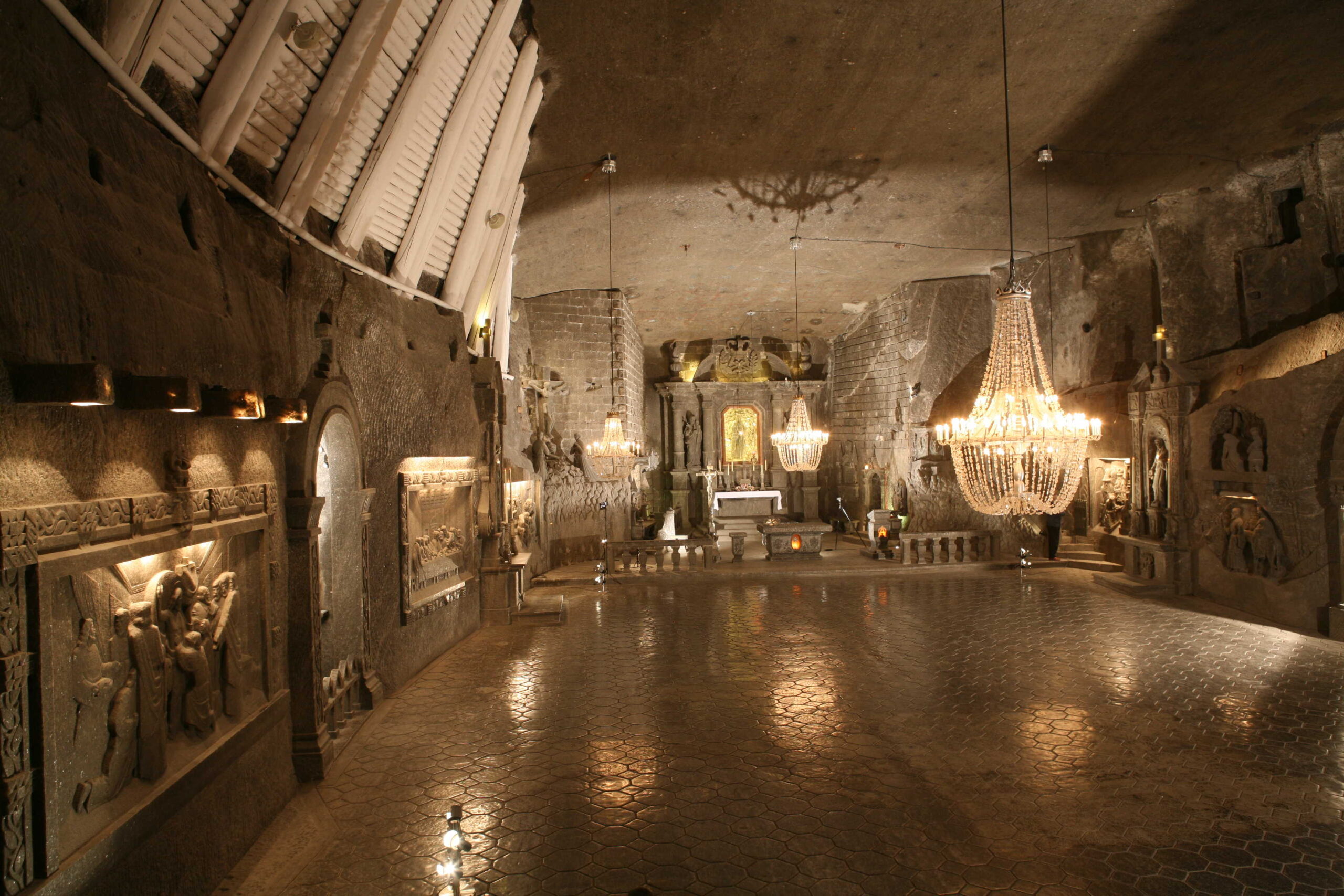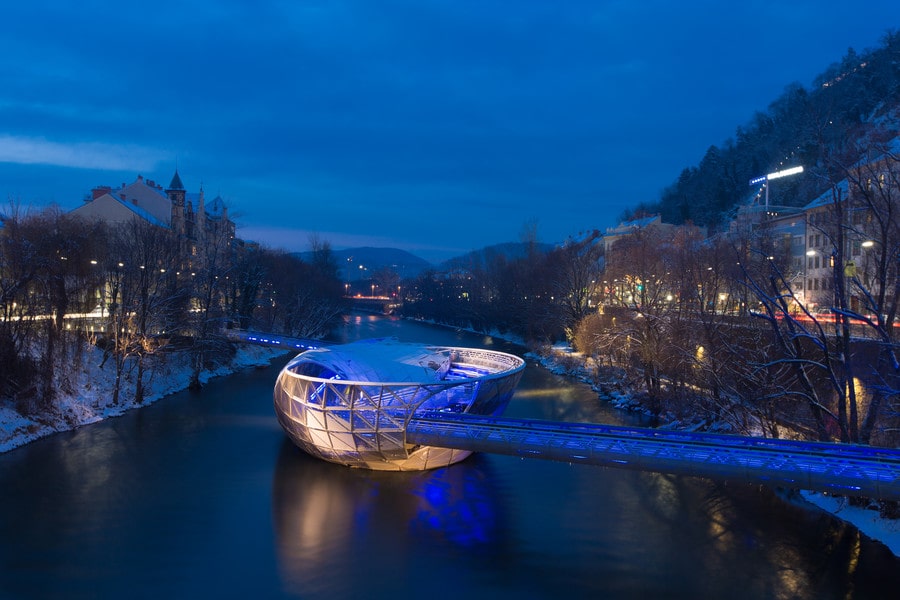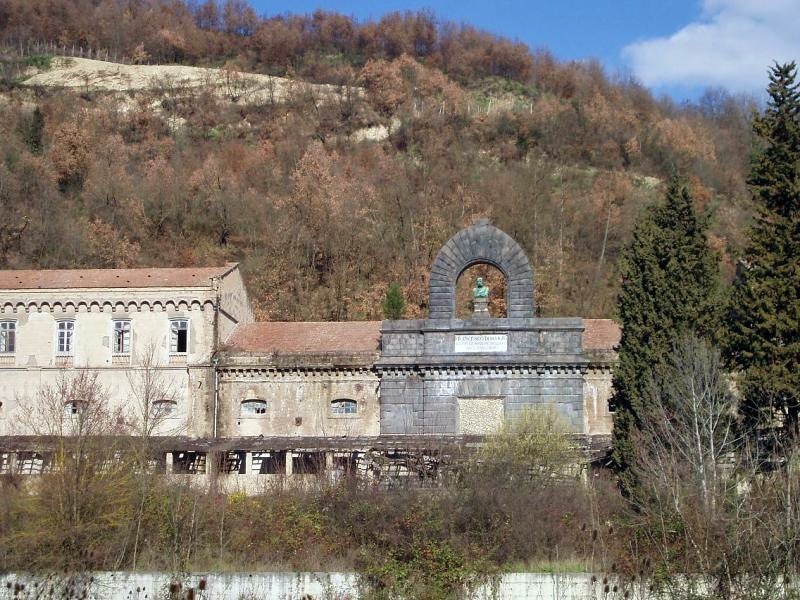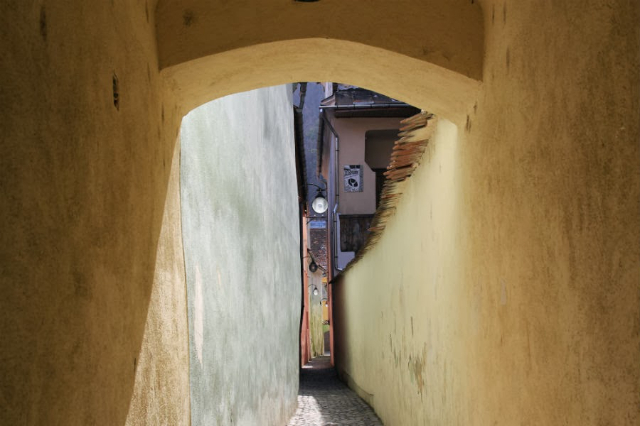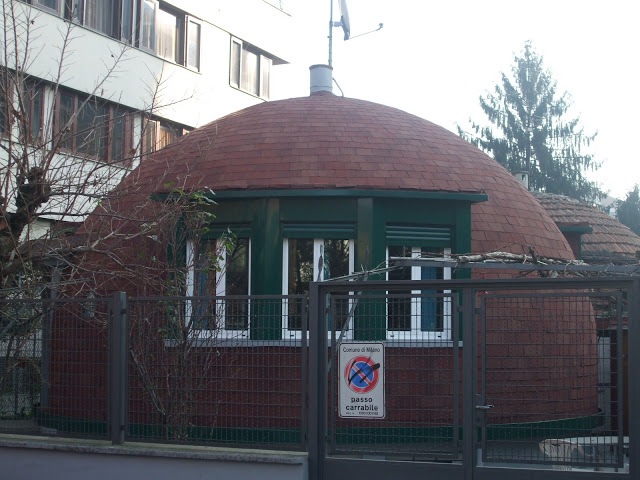The Wieliczka Salt Mine was inscribed on the UNESCO list in 1978.
In the Middle Ages this place was called Magnum Sal ("The Great Salt"). At one time this mineral hidden underground was priceless, and it was through the salt trade that numerous Polish merchant families and noblemen acquired their wealth. Starting in the 13th century the mine was systematically enlarged: new caves, sculptures, ponds, chapels. Until the first partition of Poland (1772), the Wieliczka mine together with the nearby Bochnia mine constituted the largest industrial enterprise in Poland: the "Kraków Salt Pans" (?upy Krakowskie).
Exploited for 750 years, the Wieliczka deposits are unique. The mine extends over nine levels, of which the deepest is 327 m below the earth’s floor. The network of tunnels is currently more or less 300 km long. The 3,000 caves also reach a depth of 327 m. The mine includes more than 200 km of corridors and 2040 rooms with the total volume of 7.5 million m³. Under the ground are churches and chapels, of which the most spectacular is surely the one dedicated to St. Kinga (Cunegonda) of Poland; the chapel can accommodate up to 500 people, and all elements of the interior decoration are made of salt.
Also of inestimable value is the collection of mining tools, trolleys, machinery, tools, and animal-drawn transmission mechanisms collected in the Cracovian Saltworks Museum. At a depth of 135 m, in the Wessel Lake cave, there is also a Care and Rehabilitation Center for people with allergies and respiratory diseases.
The Wieliczka Salt Mine is about 12 km from Krakow: buses leave every 15 minutes from the Central Station.
Visiting these Mines in really means traveling into a fantastic world.
The route takes its start in the Dani?owicz Shaft where tourists meet their guide who during the journey reveals the secrets of the Mine and tells various stories about the forces of underground nature and the hard work of the miners who have been connected with the Wieliczka Mine for generations. Descending further and further down, tourists visit numerous wonderful places carved by man into the hard salt rock and see various mining equipment machines.
The guide tells many interesting facts, including the legend about Princess Kinga to whom the Polish land owes its salt wealth. Halfway through, tourists visit the beautiful chapel dedicated to the sovereign and look at the artwork decorating its interior. They listen to the music of Chopin accompanying a wonderful light show presented at the shore of one of the salt lakes. Eventually when they taste the specialties of the underground restaurant, they return their strength to walk along the Kraków Salt Pans Museum Trail. There with one’s own eyes one can see an aurochs horn from 1534 set in silver-the Horn of the Brotherhood of Diggers, experience an unforgettable encounter with history, and learn about ancient mining equipment. The additional trail results in 1.5 km of time travel, ending with a climb to the surface with the actual mining elevator.
